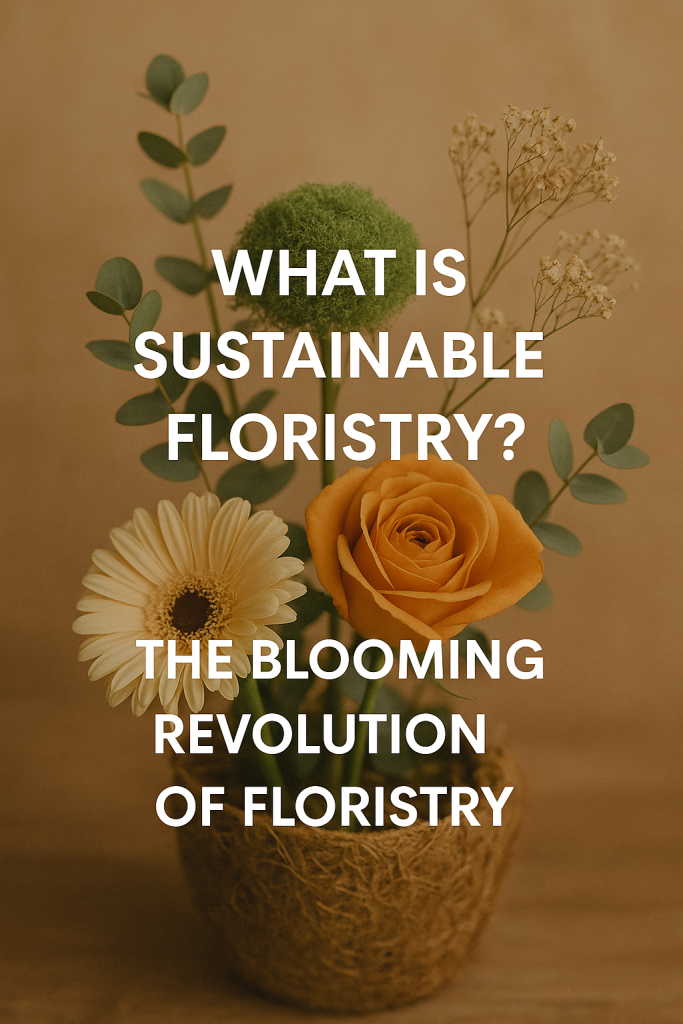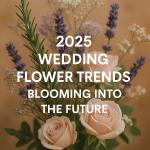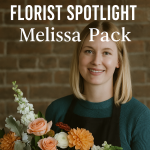The floristry industry is undergoing a transformative shift. As environmental consciousness grows, florists around the globe are rethinking how flowers are sourced, arranged, and delivered. Welcome to the era of sustainable floristry — where beauty meets responsibility.
🌸 What Makes Floristry Sustainable?
Sustainable floristry minimizes environmental harm by using materials and methods that reduce waste, carbon emissions, and chemical usage. Traditional floral design has often relied on foam, plastic wraps, and chemically treated flowers flown in from distant countries. But that’s changing — and fast.
🌱 Key Elements of Sustainable Floristry
1. Foam-Free Designs
Floral foam, once a staple in arrangements, is non-biodegradable and toxic. Eco-friendly florists are replacing it with moss, chicken wire, reusable frogs, and other natural or recyclable mechanics.
2. Local and Seasonal Blooms
Instead of importing flowers, sustainable florists prioritize locally grown, seasonal varieties — which reduces transport emissions and supports regional growers.
3. Compostable and Recyclable Materials
From kraft paper wraps to jute ribbons and biodegradable vases, the materials are just as important as the flowers themselves.
4. Water Conservation Techniques
Using drip hydration systems and avoiding floral chemicals allows designers to extend bloom life without unnecessary water waste.
💐 Why It Matters
- Reduces Landfill Waste: By avoiding single-use plastics and foam.
- Supports Local Agriculture: Strengthening community economies.
- Promotes Healthier Ecosystems: By limiting pesticide use and invasive species.
- Elevates Ethical Awareness: Customers care more than ever about sustainability and will choose florists who align with those values.
🌼 How to Spot (or Be) a Sustainable Florist
- Look for certifications (like Slow Flowers or Florverde).
- Ask where the flowers are sourced.
- Avoid overly plastic packaging or chemically preserved blooms.
- Consider subscribing to sustainable floral delivery services that reuse vases or crates.
Final Thought:
Sustainable floristry isn’t a trend — it’s the future. It reflects a deeper appreciation for nature and a commitment to preserving its beauty, not just for weddings or special occasions, but for the planet at large. The blooming revolution has arrived — and it’s greener than ever.


